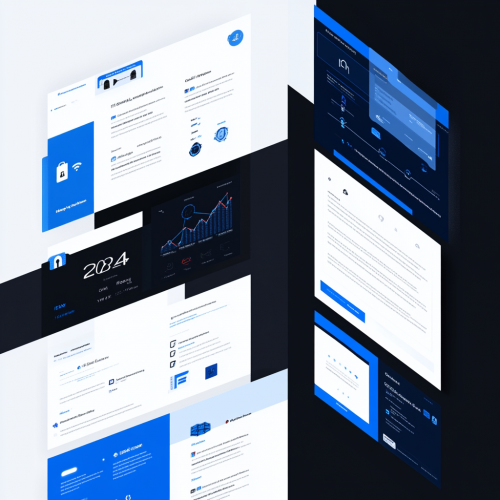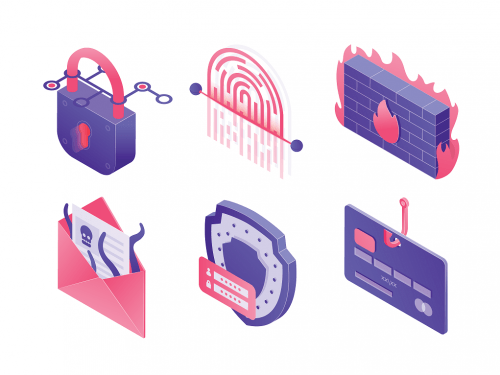In personal use this “man-made precipitation” is commonly referred to as just “clouds”. Business looks deeper, being in particular interest and demand for cloud services.
… as a Service
Acronyms “…aaS” with various capital letters preceding these three are the autochthones of the cloud world. At times confusions occur: for example, “MaaS” can stand for “Monitoring as a Service” or “Metal as a Service”, the latter referred to bare-metal servers. Or database, although less frequently, is mixed up with just data or desktop – thus the former becomes 5 characters, “DBaaS”.
Three capital letters that head the acronyms most often are S, P and I. Respectively, the service models that are used most frequently, are repeatedly referred to as “SPI models” of “IPS models”, depending on which service pattern one values more.
SaaS, Software as a Service is the cloud service model with the most limited privileges of a customer. But “the limit” in the given context does not mean restrictions, deprivation or like. It is as simple as that: a customer uses only the software/application that operates within a cloud, and hardly anything else. Access to Saas is in most cases through a web interface. Service provider, in turn, takes care of everything else: server operation, connectivity, software licensing, etc. In essence, a customer does not have to worry about the performance, or maintenance, or upgrades of the software/application: it is, again, provided as a ready-made solution. Some tailoring, like tweaking with the interface look or slight automation, is available to customers, though.
PaaS, Platform as a Service, is the next level of access and potential operations. It’s the developers’ playground, where products can be built from scratch or using contained modules. In the PaaS service model a provider’s shipping list is much longer: web servers, OS, programming capabilities like language, and a database. To better understand this model, together with the next in a row IaaS, it’s important to keep in mind that these two service models involve strict division between customers and end users. The latter are never allowed onto the playground, they are intended to consume the resulting product(s) only.
IaaS, Infrastructure as a Service, tops the offers’ line, presenting raw computing power for any interested entity. (Telecom industry is considered the primary client, but the entire list of potentially curious is almost never ending). The entire set of fabrics and tools becomes available to a customer under the IaaS service model. Operation and storage servers, network (including routing), safety equipment, monitoring, etc.: all highly customizable, with the purpose to develop very own, unique Internet services. In other words, the IaaS service model brings the entire data center – well, the specifically allocated part of it, sizes can vary – to customer’s disposal.
Public cloud VS Private cloud
All the above mentioned service models, together with other acronyms, can be offered from two sources. (There are actually 2 x 2, we’ll briefly touch it later). Public cloud enjoys multiple customers, even if their tasks – and thus services – may differ greatly, since everything cloud-related is customizable and scalable. Public cloud top features are:
- Service exclusively on-demand. This makes public clouds the least expensive option: a customer pays only for the services factually consumed.
- Flexibility. As already mentioned, customers’ tasks are usually very different, so the functions of the allocated public cloud, together with the monitoring and control from a customer’s side, have to be highly adjustable.
- Multifaceted security, specifically for cross-platform applications.
Private cloud goes a bit sideways from what we refer to as “private” in common life situations. It is private indeed, so “no trespassing” and no enter for a third party. But it’s not just about the sole ownership.
Imagine you’re owning a very nice, highly attended ocean beach strip. No polluted environment equals inner security measures. No things like hurricanes or pirates in sight/forecast means good external protection. Sun lovers flooding your strip every day are much like those public cloud customers, but you act smarter: monitoring most occupied spots you deploy lifeguards to these spots only, thus dividing your beach into separate areas and dedicating full responsibility at each area to your rescue staff.
Private cloud sole customer is totally free and totally responsible for doing anything deemed necessary in that own cloud. This includes financial expenses that are typically higher than in public clouds. Care for a private cloud should arise from a business that tops its data protection: think financial institution, law enforcement (governmental agencies first of all) or healthcare. Other important features are: relatively fast operation due to lower load in comparison to public clouds; unified interface experience, monitoring and, if needed, visibility of the whole system.
The other two of those 2 x 2 mentioned earlier are: multi-cloud, consisting of several cloud structures that are possibly provided by different vendors, where each cloud is usually dedicated to its very specific set of task that does not interfere with other clouds; and hybrid cloud, a combination of public and private clouds solicited for the best performance and the lowest costs.
“GaaS”: Geography as a Service (and at your service)
ITGLOBAL.COM governs data centers in The U.S.A. and the Netherlands. All venues are equal: Hi-End equipment; the same durability of systems, components, etc.; employees are VMware Certified Professionals. Yet the choice of the particular data center over the rest is not so obvious. To utilize domestic computing capacities would be, of course, the first logical impulse. But this is the case only if you as a customer are completely state-locked. No international business, no foreign banking, etc. – this simply cannot be true cause everything is globalized these days.
So, considering Dutch cloud specialists would be a nice idea, specifically the latter: services provided from the East are less expensive compared to the American cloud offers, with the quality same or even higher of those from the West.

 Previous article
Previous article


